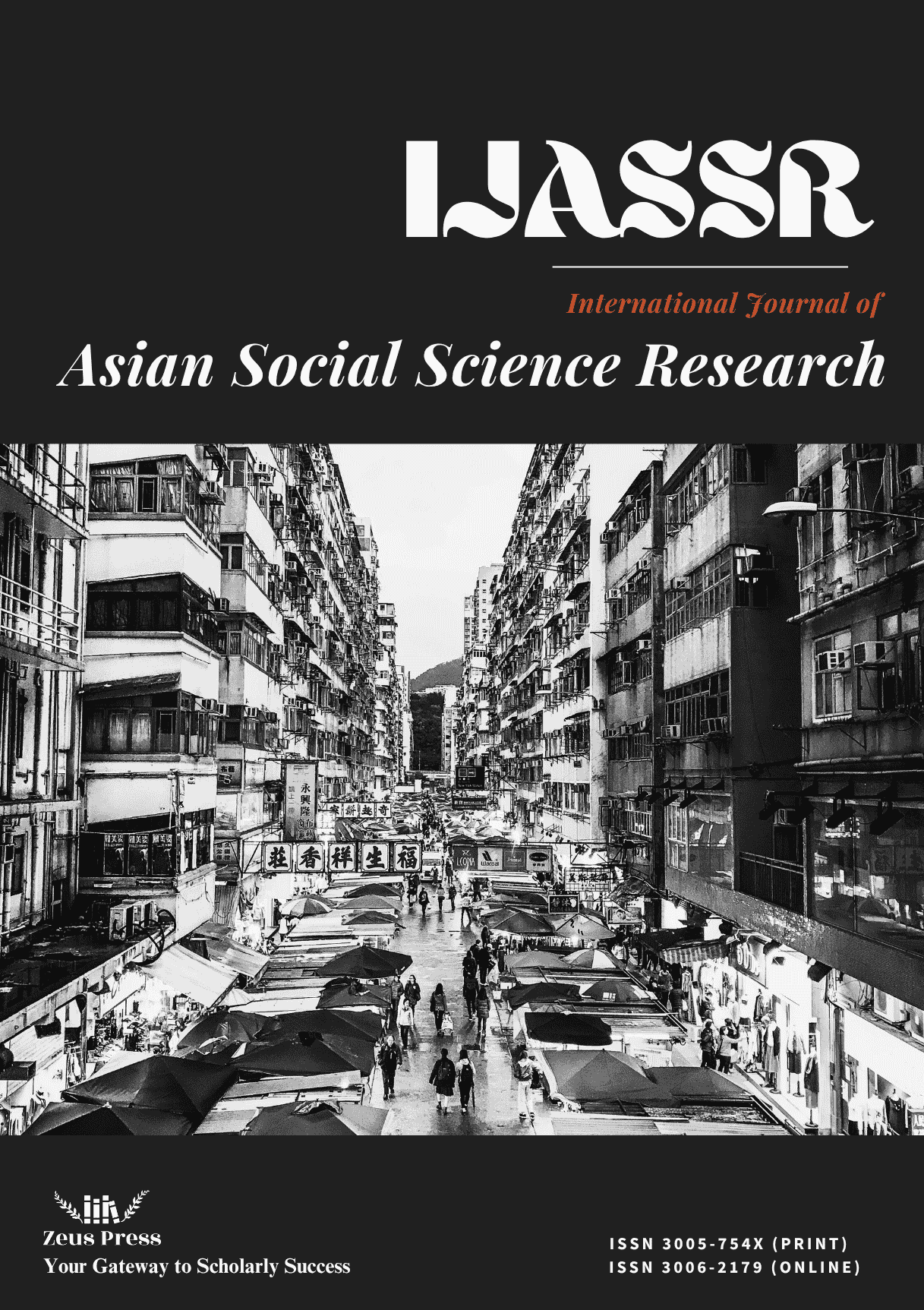Analysis of International Communication Pathways for Traditional Sports Culture from the Perspective of Cultural Confidence
Main Article Content
Keywords
cultural confidence, traditional sports culture, international communication, communication pathways, new media integration, cross-cultural exchange
Abstract
From the perspective of “cultural confidence,” traditional sports culture, as a vital carrier of outstanding Chinese traditional culture, embodies rich historical value and national spirit while bearing the mission of disseminating national soft power and cultural identity. This paper first outlines the theoretical foundations of cultural confidence and traditional sports culture, thoroughly analyzing the primary models and obstacles faced in the international communication of traditional sports. Building on this, it proposes communication strategies centered on enhancing cultural identity and explores innovative pathways integrating new media and cross-cultural carriers. Finally, through case studies, it summarizes practical experiences to provide insights for further enhancing the global influence of traditional sports culture. The study shows that leveraging digital platforms and diversified communication channels, coupled with strengthened cross-cultural interactions, can effectively expand the depth and breadth of communication, promoting the global dissemination of cultural confidence.
References
- Bican, G. (2021). Enhancing the cross cultural competence of prospective language teachers. Journal of Curriculum and Teaching, 10(3), 47-57. https://doi.org/10.5430/JCT.V10N3P47
- Dang, Q., Luo, Z., Ouyang, C., Wang, L., & Xie, M. (2021). Intangible cultural heritage in China: A visual analysis of research hotspots, frontiers, and trends using CiteSpace. Sustainability, 13(17), Article 9865. https://doi.org/10.3390/SU13179865
- Davis, M. (2020). The “culture” in cultural competence. In J. Frawley, G. Russell, & J. Sherwood (Eds.), Cultural competence and the higher education sector: Australian perspectives, policies and practice (pp. 15-29). Springer. https://doi.org/10.1007/978-981-15-5362-2_2
- DeWitt, D., Chan, S. F., & Loban, R. (2022). Virtual reality for developing intercultural communication competence in Mandarin as a foreign language. Educational Technology Research and Development, 70(2), 615-638. https://doi.org/10.1007/S11423-021-10074-9
- Gradellini, C., Gómez-Cantarino, S., Dominguez-Isabel, P., Molina-Gallego, B., Mecugni, D., & Ugarte-Gurrutxaga, M. I. (2021). Cultural competence and cultural sensitivity education in university nursing courses. A scoping review. Frontiers in Psychology, 12, Article 682920. https://doi.org/10.3389/FPSYG.2021.682920
- Liu, G., Ma, C., Bao, J., & Liu, Z. (2023). Toward a model of informal digital learning of English and intercultural competence: A large-scale structural equation modeling approach. Computer Assisted Language Learning, 36, 1-25. https://doi.org/10.1080/09588221.2023.2191652
- Liu, S., Gallois, C., & Volcic, Z. (2023). Introducing intercultural communication: Global cultures and contexts. Sage Publications.
- Munezane, Y. (2021). A new model of intercultural communicative competence: Bridging language classrooms and intercultural communicative contexts. Studies in Higher Education, 46(8), 1664-1681. https://doi.org/10.1080/03075079.2019.1698537
- Nam, B. H., Yang, Y., & Draeger, R. (2023). Intercultural communication between Chinese college students and foreign teachers through the English corner at an elite language university in Shanghai. International Journal of Intercultural Relations, 93, Article 101776. https://doi.org/10.1016/J.IJINTREL.2023.101776
- Yang, F., & Zhang, J. (2022). Traditional Chinese sports under China's health strategy. Journal of Environmental and Public Health, 2022, Article 1381464. https://doi.org/10.1155/2022/1381464


